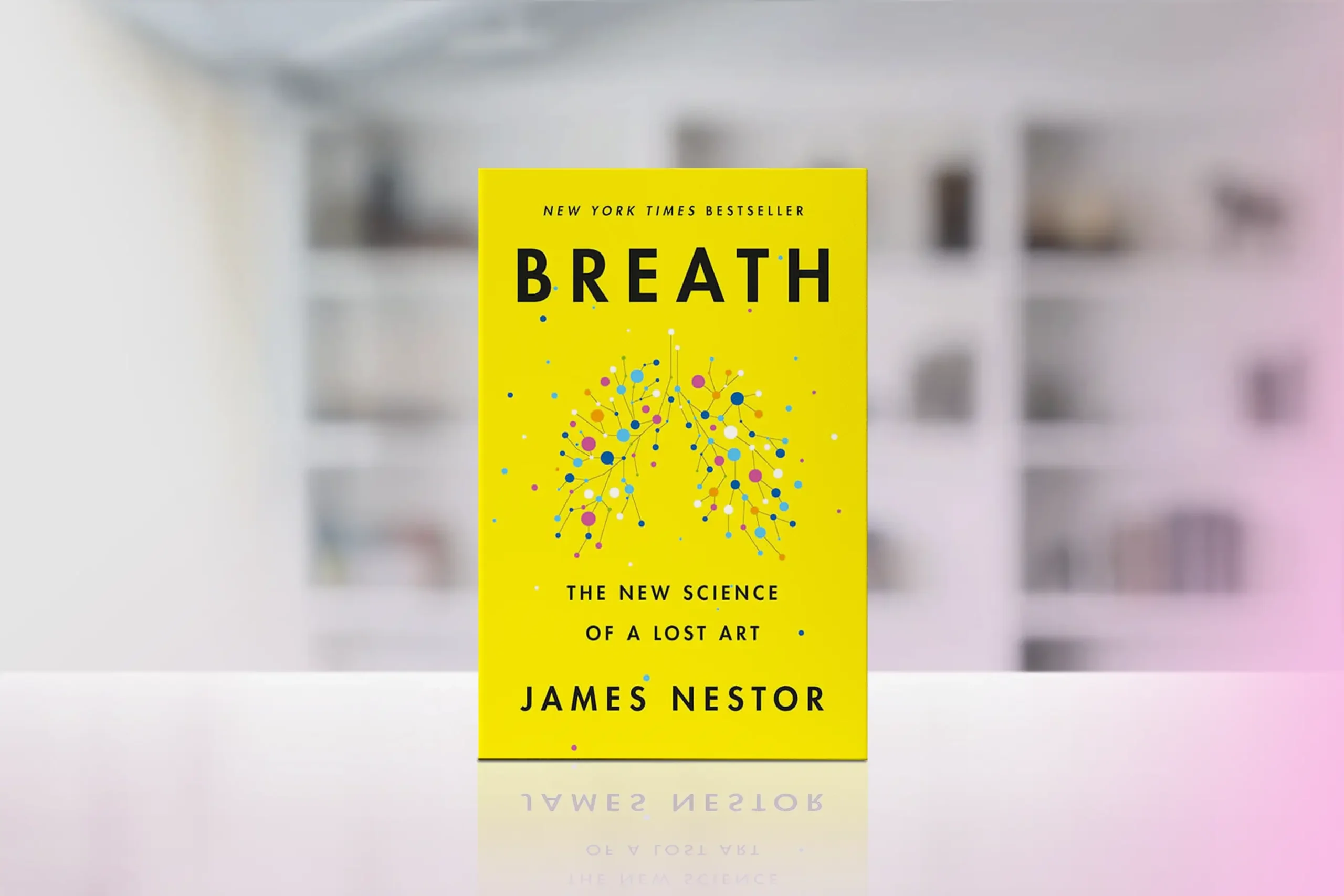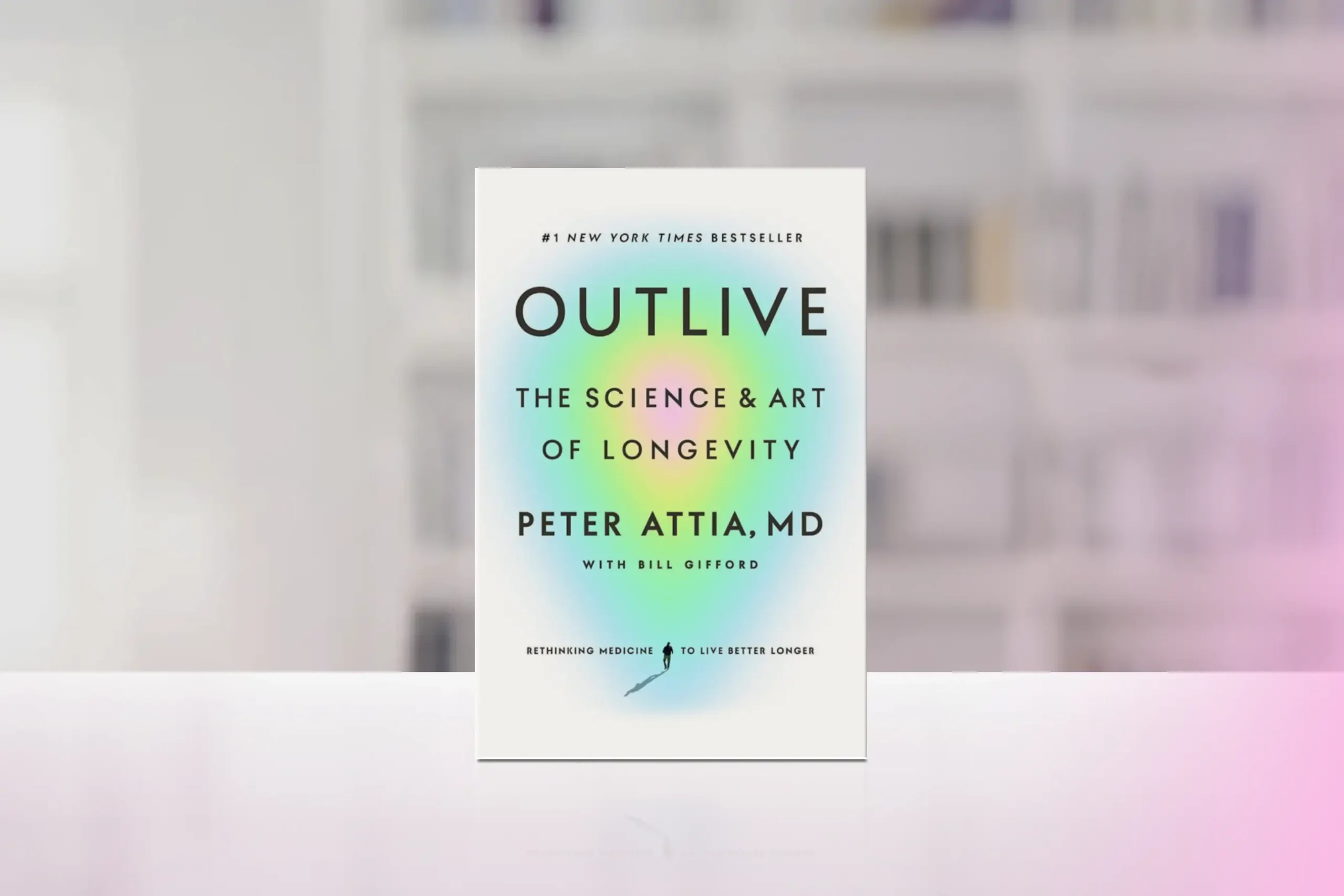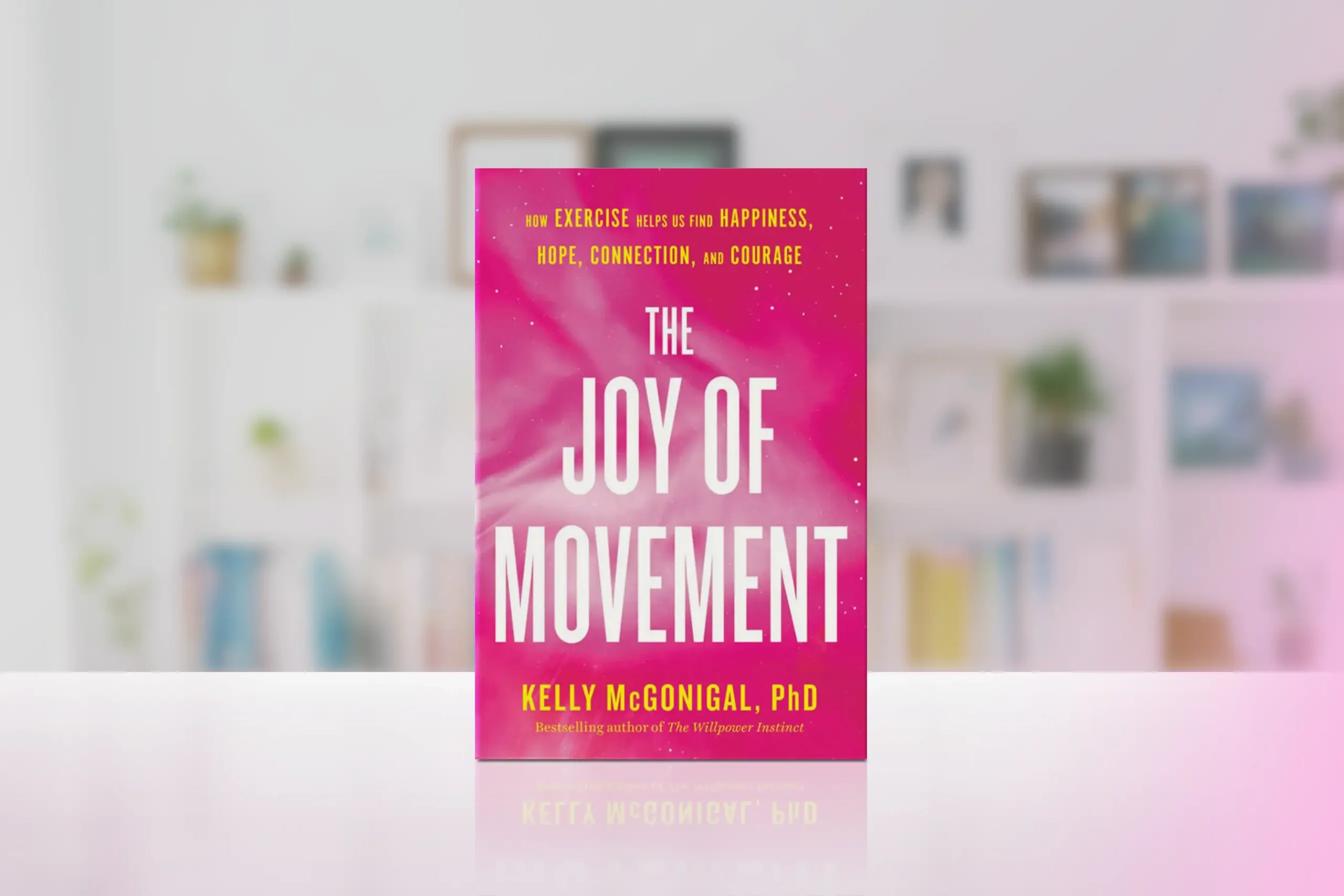Published in 2020, “Breath: The New Science of a Lost Art” by James Nestor is a groundbreaking exploration of the often-overlooked yet crucial act of breathing. Nestor takes readers on a fascinating journey through the history, science, and potential of proper breathing techniques.
“Breath”challenges our understanding of this automatic bodily function and reveals how conscious breathing can dramatically improve our physical and mental health. The book offers a fresh perspective on a fundamental aspect of human existence, through scientific research and ancient wisdom.
Core Concepts
Breath introduces several key ideas potentially transforming our approach to health and wellbeing:
- The importance of nasal breathing over mouth breathing
- The impact of breathing on various bodily systems and functions
- The potential of conscious breathing techniques to improve health
- The evolutionary changes in human skull structure and their effect on breathing
- The connection between breathing and mental states
These concepts aim to empower readers with practical knowledge about how they can harness the power of breath to enhance their overall health, manage stress, improve sleep, and boost athletic performance.
Chapter-by-Chapter Review
Chapter 1: The Worst Breathers in the Animal Kingdom
Nestor introduces the problem of modern breathing habits through his Stanford University experiment, where mouth breathing dramatically affected his health. He explores evolutionary changes that made humans susceptible to breathing problems, including dietary shifts and facial structure changes that compromised our natural breathing mechanisms.
Chapter 2: Mouthbreathing
This chapter explores the detrimental effects of mouth breathing versus nasal breathing benefits. Nestor shows how mouth breathing causes dehydration, poor sleep, stress, facial changes, and is the leading cause of cavities. He emphasizes nasal breathing’s superiority for filtering, humidifying, and preparing air for optimal absorption.
Chapter 3: Nose
Nestor delves into the nose’s intricate design and functions beyond simple air passage. He explores how nasal breathing releases nitric oxide, enhancing circulation and oxygen absorption by 18%. The chapter covers nasal cycles affecting cognition and emotions, plus ancient practices like alternate nostril breathing for health benefits.
Chapter 4: Exhale
The author reveals proper exhalation’s importance, showing lung capacity as the greatest longevity predictor. Most people under-exhale, failing to empty lungs fully. He introduces Carl Stough’s breathing coordination technique and provides methods for extending exhales to activate the parasympathetic nervous system and improve respiratory health.
Chapter 5: Slow
This section examines slow, controlled breathing’s benefits for physical and mental health. Nestor explores coherent breathing (5.5-second inhales and exhales) that optimizes heart rate variability. Research shows slowing breath to five-six breaths per minute lowers blood pressure, reduces stress, and can reverse chronic illnesses.
Chapter 6: Less
Nestor explores the counterintuitive concept that breathing less improves health outcomes. He introduces the Buteyko method, explaining how over-breathing disrupts oxygen-carbon dioxide balance. The chapter shows how carbon dioxide aids oxygen utilization and provides techniques for improving respiratory efficiency through controlled breathing reduction.
Chapter 7: Chew
The author reveals connections between dental health, jaw structure, and breathing capacity. Modern processed foods created smaller jaws and compromised airways, while traditional diets requiring extensive chewing developed stronger jaws and wider airways. He discusses orthodontic impacts and exercises for improving jaw structure and breathing.
Chapter 8: More, on Occasion
This chapter examines benefits of extreme breathing techniques like the Wim Hof method and Tummo breathing. These practices can boost immune function, increase energy, improve cold tolerance, and induce altered consciousness states. Nestor emphasizes proper instruction and gradual progression for safe practice of intensive methods.
Chapter 9: Hold It
Nestor examines breath-holding techniques from free divers and traditional cultures. Controlled breath retention increases lung capacity, improves oxygen efficiency, enhances focus, and builds stress resilience. He explores physiological adaptations during breath holds while providing guidance on safe practices and warning about potential risks.
Chapter 10: Fast, Slow, and Not at All
The book concludes with a comprehensive review of various breathing techniques for different health goals. Nestor synthesizes lessons from previous chapters, providing a practical framework for daily application. He covers fast breathing for energy, slow breathing for healing, and retention for resilience building.
Key Strengths
- Engaging blend of scientific research and personal experimentation
- Clear explanations of complex physiological processes
- Practical breathing exercises and techniques for readers to try
- Thought-provoking insights into the evolution of human breathing
- Potential for significant health improvements through simple changes
Potential Drawbacks
- Some breathing exercises may be challenging for beginners to implement
- The wealth of information might be overwhelming for some readers
- Lack of long-term scientific validation for some of the proposed techniques
- Some claims may seem overly optimistic or not sufficiently substantiated
- The book’s focus on breathing as a panacea might overshadow other important health factors
Who This Book Is For
This book is particularly valuable for:
- Health-conscious individuals looking for natural ways to improve their wellbeing
- Athletes and fitness enthusiasts seeking to enhance their performance
- Those struggling with sleep issues, stress, or anxiety
- Anyone curious about the science behind this fundamental bodily function
Final Review
“Breath” by James Nestor explores the power of conscious breathing to improve health, reduce stress, and enhance wellbeing. Blending personal experiments, science, and ancient wisdom, Nestor makes complex concepts accessible and practical.
While some techniques lack long-term scientific validation and may challenge beginners, the potential benefits make the practice worthwhile. This book is both an enlightening read and a practical guide to better living through better breathing.
Rating: 4.6/5
A transformative exploration of a vital yet often overlooked aspect of human health and performance.
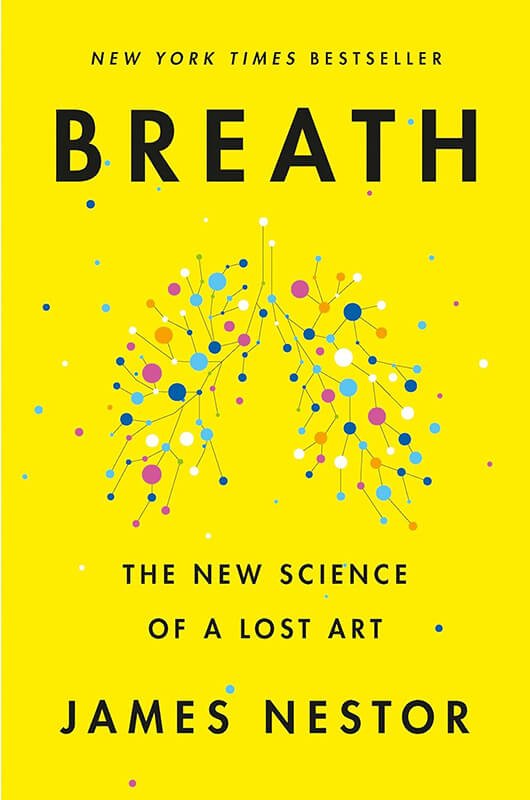
Alternative Books
For more insights on well-being, you might also enjoy these related books:
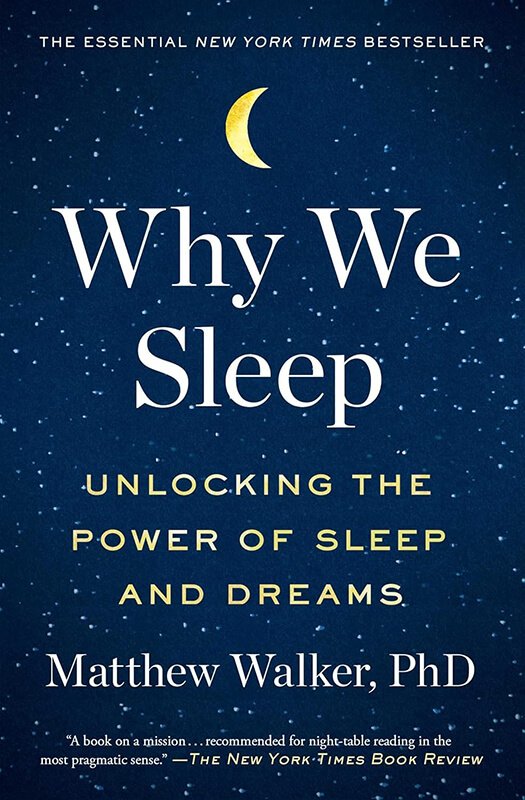
“Why We Sleep” by Matthew Walker
Explores another crucial yet often neglected aspect of health: sleep.
Rating 4.7/5
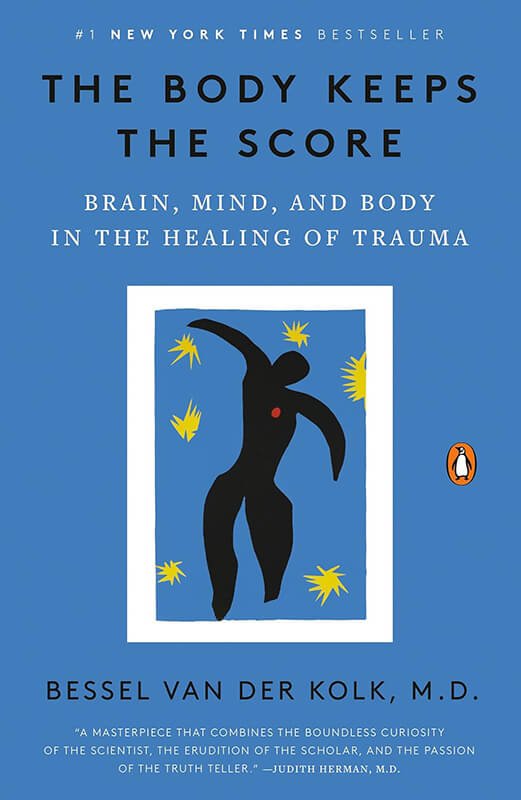
“The Body Keeps the Score” by Bessel van der Kolk
Examines how trauma affects the body and mind, with breathing playing a role in healing.
Rating 4.8/5
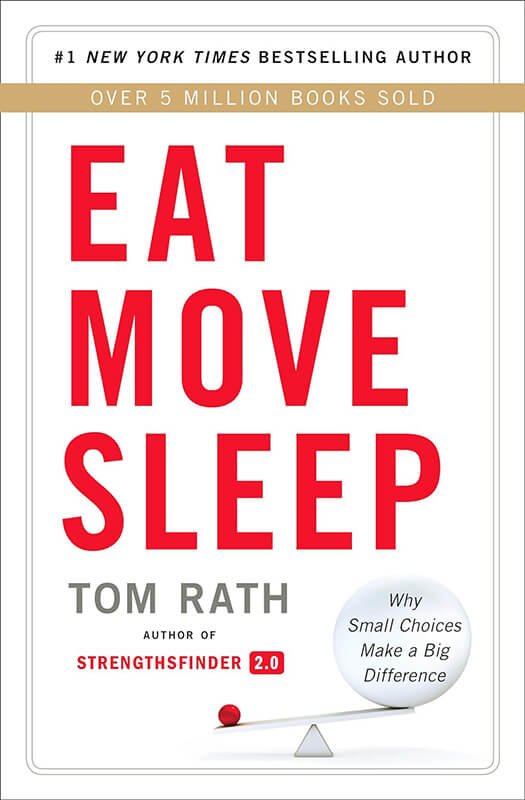
“Eat, Move, Sleep” by Tom Rath
Offers a holistic approach to health, including the importance of proper breathing.
Rating 4.3/5

